Lava observing and photographing might be the life-time experience. It is potentially also dangerous – but not much if you are prepared. So here are my tips what to do and what to avoid. Since my friend is heading to Hawaii and asked me to give him some tips how to observe the flowing lava, I decided to share my tips also with other potential readers. My apologies for Czech readers, this post is in English only. If you need the tips in Czech, contact me on my email.
Where does the lava flow?
The lava flow happens near Kalapana. It flows in the middle of a field called Puʻu ʻŌʻō – this field cannot be accessed by car, hence only a relatively long hike can get you near the molten lava.
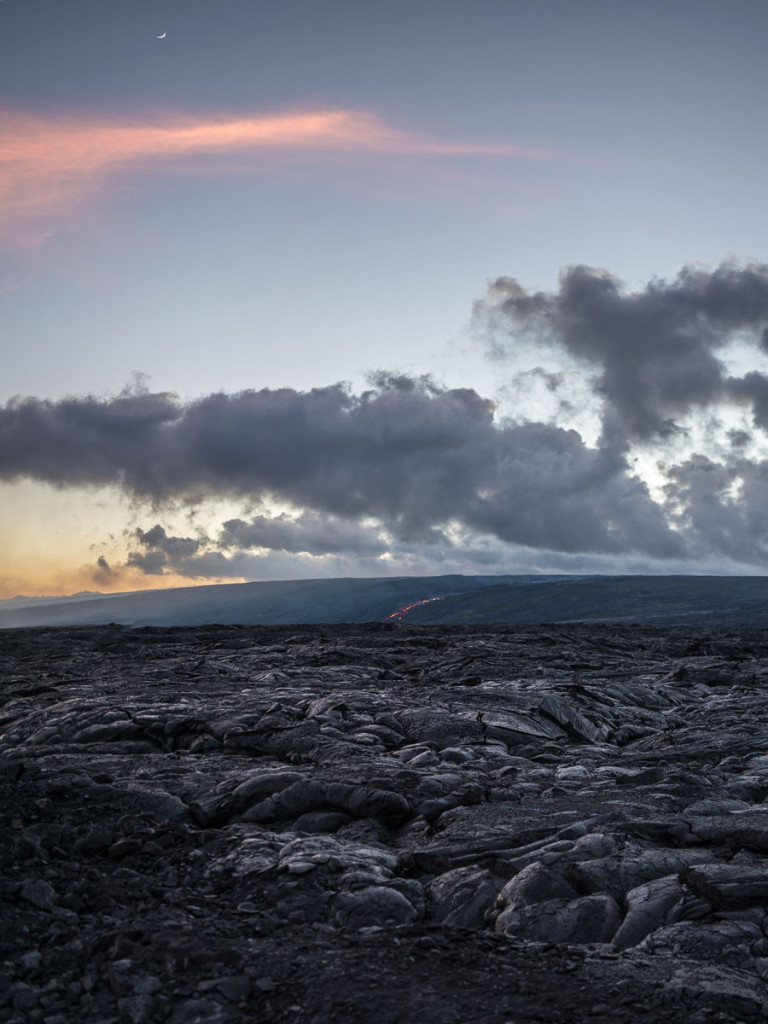
NIKON D750 (35mm, f/2.5, 1/60 sec, ISO100)
This is how you can see the lava flow from the distance, not far away from the parking place at the eastern side of the emergency road
Seeing the lava flow from a distance (at night) is relatively easy, we could see it already after cca 1 mile from the parking place.
You can get a map and directions in NP Visitor Centre – it is not necessary to have any map though. There is no signed path, but stream of people will be enough for you to get oriented.
Since the lava flow is changing, you are strongly advised to consult this webpage with the latest info.
Where to park:
I believe you have two options where to park your car. We parked near Kalapana, at the end of the so-called emergency road (east end). It is easy to find, you just drive straight all the time – park place is signed. NP has built a large park place for hundreds of cars. There are huge crowds coming. Parking is for free and it is well coordinated by volunteers.

NIKON D7100 (24mm, f/7.1, 1/125 sec, ISO100)
Holei Lava Sea Arch – near this arch, you can park and access the lava flow from west
The other option is to get to the end of the „Chain of Craters Road“ that goes from the other direction (west). There you can park at the place where there is the lava Sea Arch. But I believe there is significantly less parking capacity near the arch, people need to park along the street which may prolong your walking distance.
Hiking
The hike is divided into two parts:
- You hike along the emergency road, on a gravel road. This is relatively easy, though it was quite long – at least 3 or 4 miles one way. It took as one hour of really fast walking (we passed many people).
- Once you get in the middle of emergency road (to the point in between the two parking spots) you have to head off-road. You will see stream of people going north. In dim light you can easily navigate yourself by people and their head-torches. The distance one way is really difficult to asses – it is at least 2miles of difficult terrain. It took us roughly one hour to get to lava from the gravel road.
- Than the same back. It is really long and tiring – we hiked like 4,5 hours.

NIKON D750 (200mm, f/4, 1/50 sec, ISO1600)
This is how you see lava glowing from the point where the gravel emergency road is closest to it – yet, it is still far away and you need a telephoto lens to get a decent shot.
When to go?
I would go at least 2 hours before sunset (meaning parking car 2 hours before sunset) and be ready that part of the rout back will happen in darkness. We had complete darkness since there was new moon. If you have full moon, there will be no complete darkness – so it depends…Only in dim light the lava is really shining. Over day, it might be rather disappointing we heard. We made a mistake though of starting our hike at the time of sunset. We reached the lava already in complete darkness. That was too late. Best pictures and observing conditions are in the blue hour (cca within one hour after sunset).
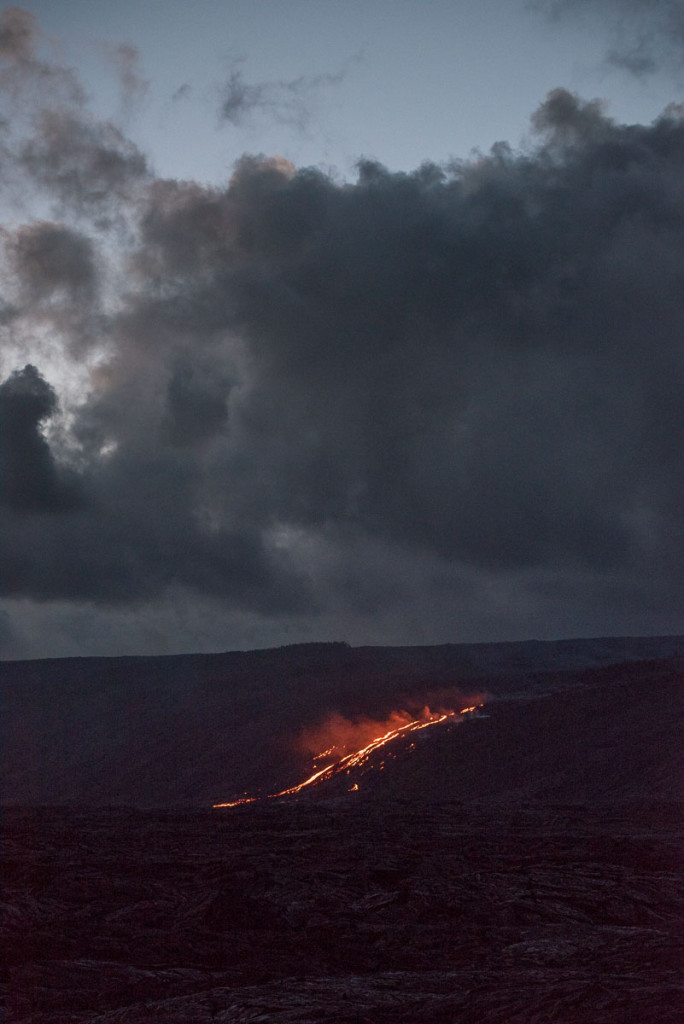
NIKON D750 (100mm, f/4, 1/50 sec, ISO1600)
Sunset is over – we realized we started our hike a bit too late..
If you really kind of want to enjoy the trip, and stay near lava for longer and perhaps watch the whole sunset there, go 3 hours before sunset. Just be aware that the sun on the black background of lava will be scorching…
What to take with you?
Hiking Poles – for sure, that will help keep balance. The lava field is up and down, very uneven, there are many cracks with sharp edges. Needless to say, the hard lava is almost sharp as glass sherds. You must avoid falling at any costs. If that happens, I believe it would help having bicycling gloves and long sleeves and trousers. Perhaps wearing some inline skating protectors for joints would not be a bad idea…
Good headtorches are crucial! We had the newest LED lights and that was perhaps the key why we could navigate our way back in total darkness. I head one on my head, one additional in my hand.

NIKON D750 (35mm, f/2, 1/40 sec, ISO800)
Selfie? Not really, I am just holding a headtorch to get some light in my face in total drkness (well, would be better to lit myself form above…)
Sure, enough water – we had 2liters per person – but we were not so thirsty since the whole trip was after sunset. Some food, not much, I would rather go light with a small backpack.
Emergency package – some gaza and peroxide just in case you get bruised.
My tips for photographers
Get to the lava flow during the blue hour. You do not need a tripod – I believe is not necessary, unless you want to make some great videos. I would rather take fast lenses.I used 35mm f1,8 lense and 70-200mm f4 lens. When using low apertures of cca 2,8 – I was able to have enough light for 1/30 sec exposures with low ISO settings. Stabilisation for telephoto lens is needed without tripod.
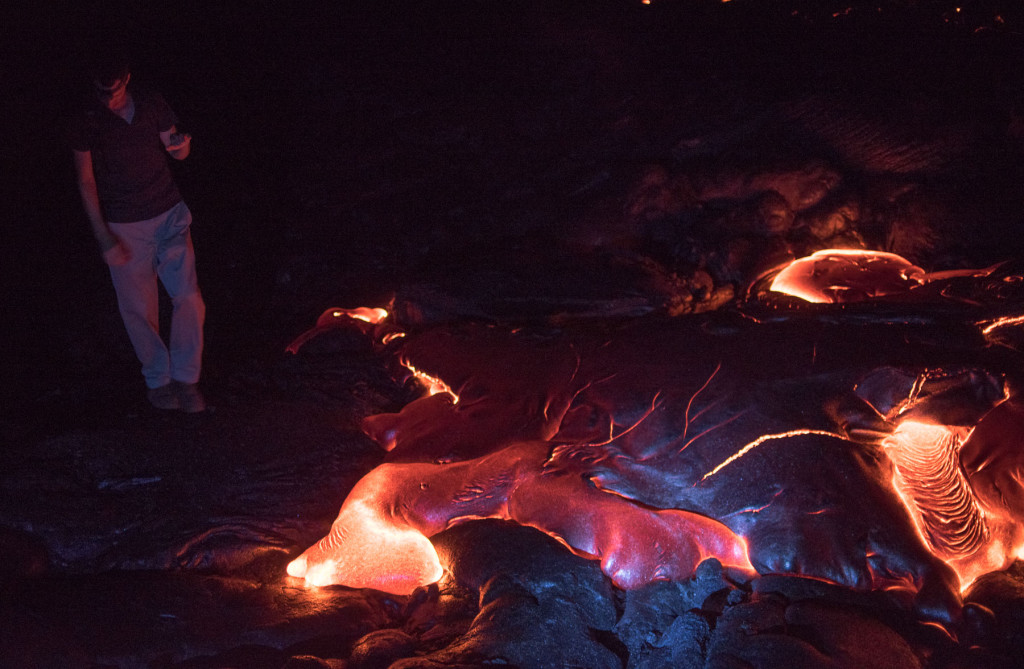
NIKON D750 (35mm, f/2, 1/40 sec, ISO800)
Here you can see how close you get – sure it is hot around, but noway as much as I thought

NIKON D750 (35mm, f/2, 1/40 sec, ISO800)
Flowing lava is glowing into darkness- I like the picture like this, but perhaps having a bit more detail in the shaddows would be better – for that being there in blue hour is crucial
My tip for a faster access
Since the distance to get to the lava is really long, and since half of it is on gravel road, I would recommend trying to hire bicycles in Hilo. You can do so also along gravel road (it is quite incredible how many services/stands you can pass along the way on the emergency road), but they charge you high – at least 100 USD per bike, which is ridiculous. I believe you could hire a bike in Hilo for 1/3 of that price. Of course, this goes only if you can fit two bicycles into your hired car….Then you can bike the first part of the trip on the gravel road. That would save you at least 1hour of time. There will be gates and some poles where you can lock the bike and then continue walking.
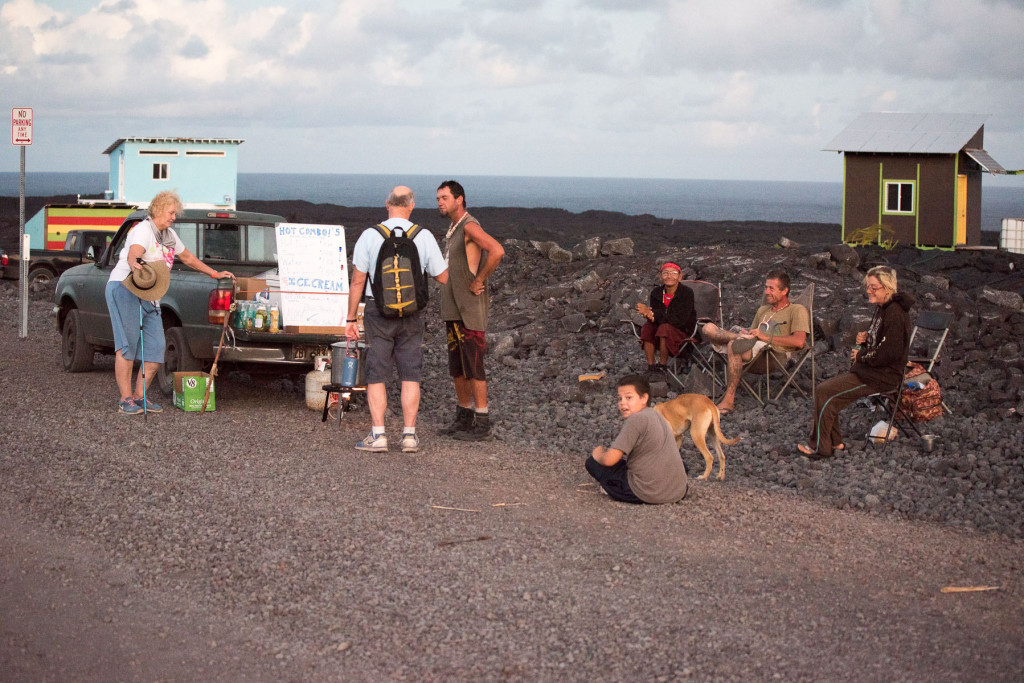
NIKON D750 (70mm, f/4, 1/50 sec, ISO1600)
There is busy life along the emergency road where crowds hike. And also some business – you can hire bikes, buy food or water or get a guide.
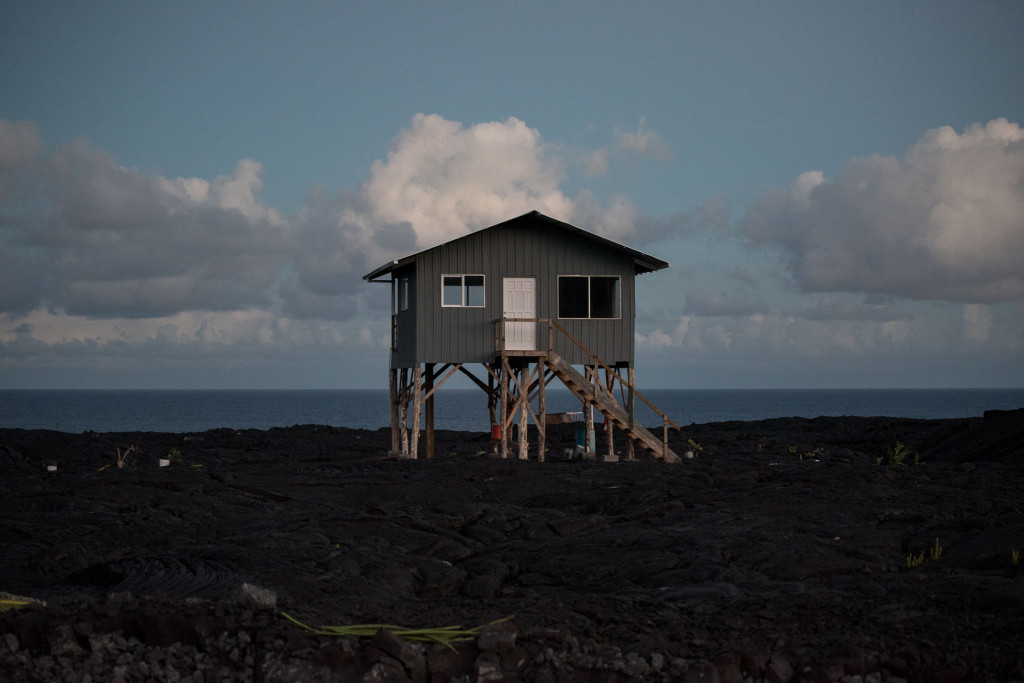
NIKON D750 (70mm, f/4, 1/80 sec, ISO1600)
It is incredible how people build new structure on the lava filed.
In bad luck: what to do if you get injured
If some injury happens, it is good to consider visiting Hilo Medical Centre – we were so glad to visit them, they were cleaning my freind’s wound for 50 minutes. The pieces of rock inside the wound crumble and disintegrate as you try to pull it out so they have special instruments for that.
In conclusion – try it, it is not so dangerous
This will be a long trip and one has to focus all the time to prevent falling or tripping, but it is worthwhile and it is not so dangerous after all. I would never dream of observing flowing lava without a guide and not paying heavy fee for that. I only regret going late there and missing even better light conditions.
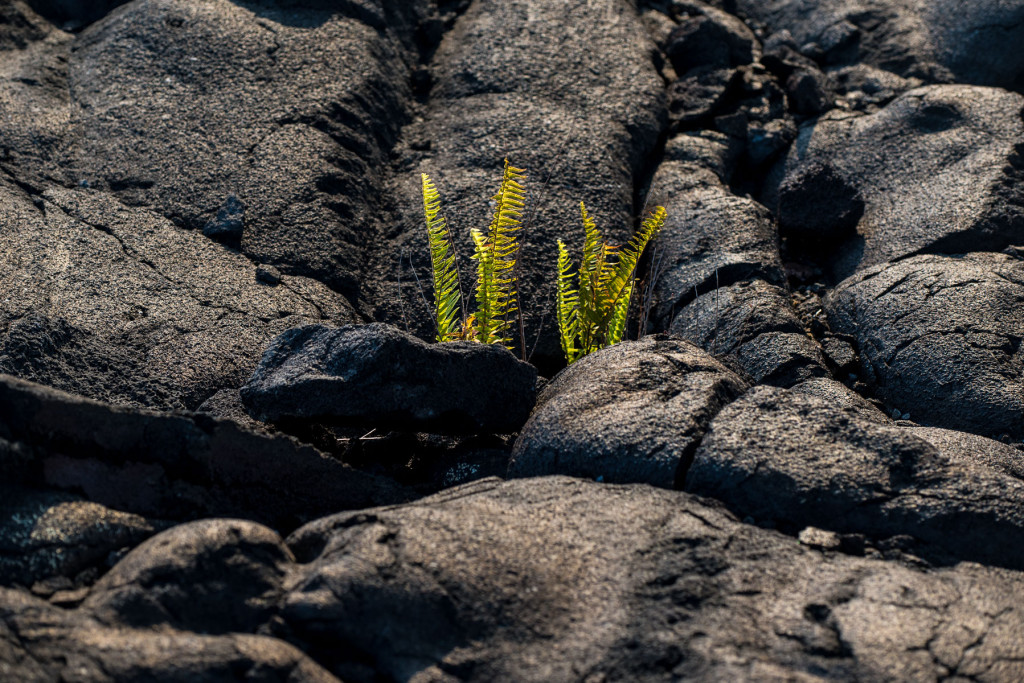
NIKON D750 (130mm, f/5.6, 1/200 sec, ISO100)
Hardened lava with small ferns making their way through it…

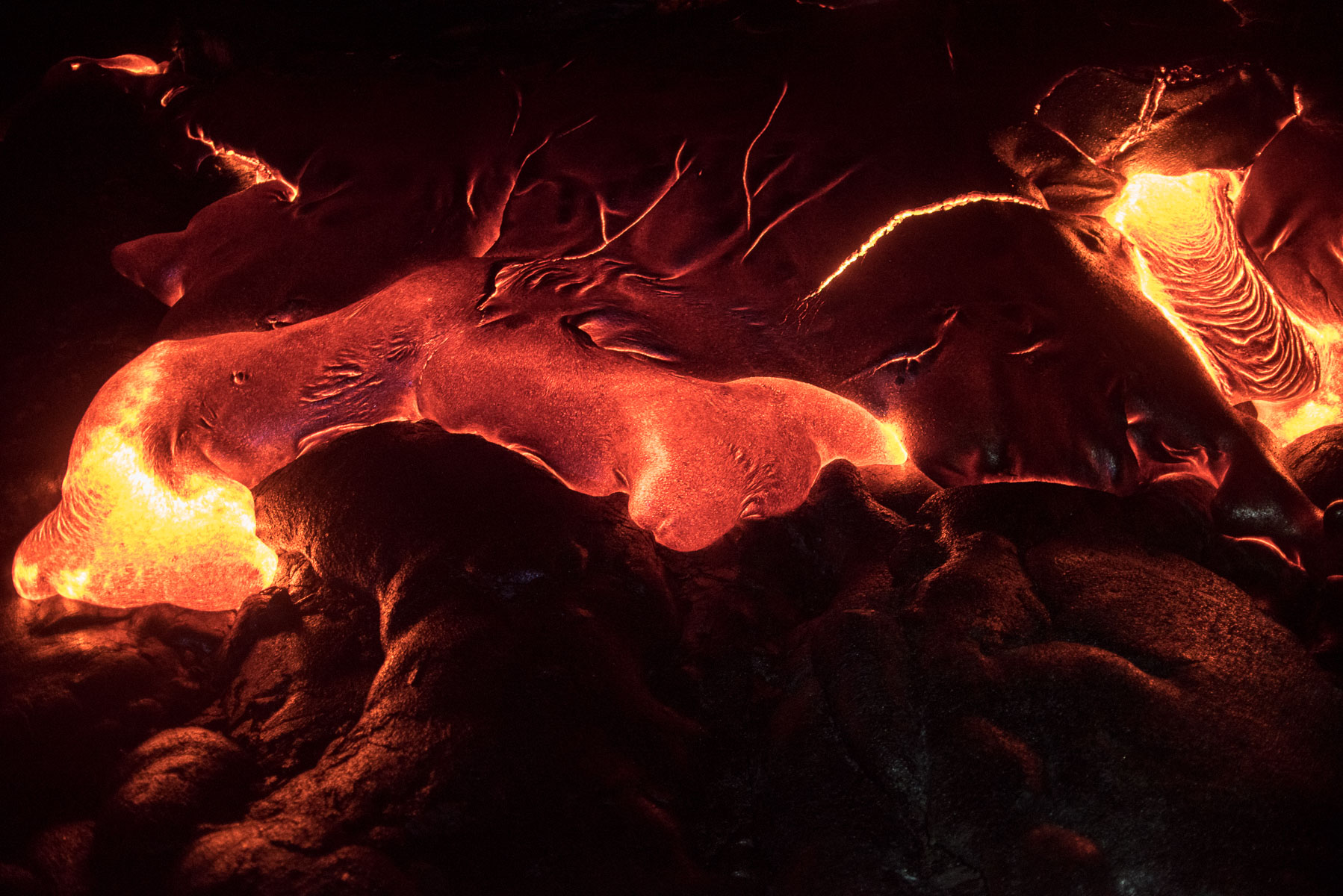

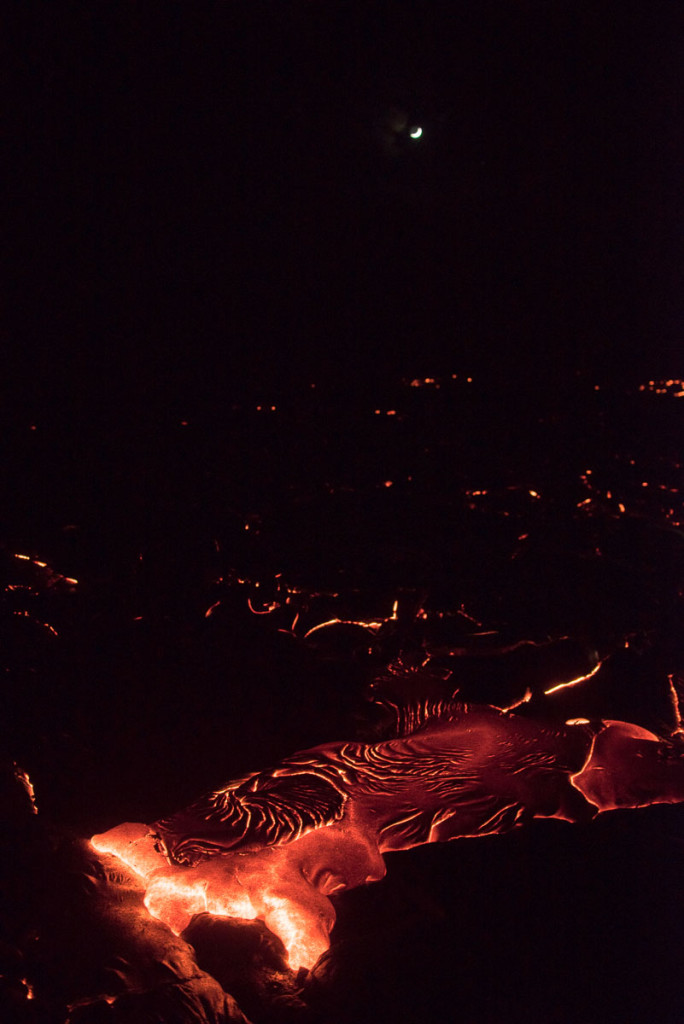
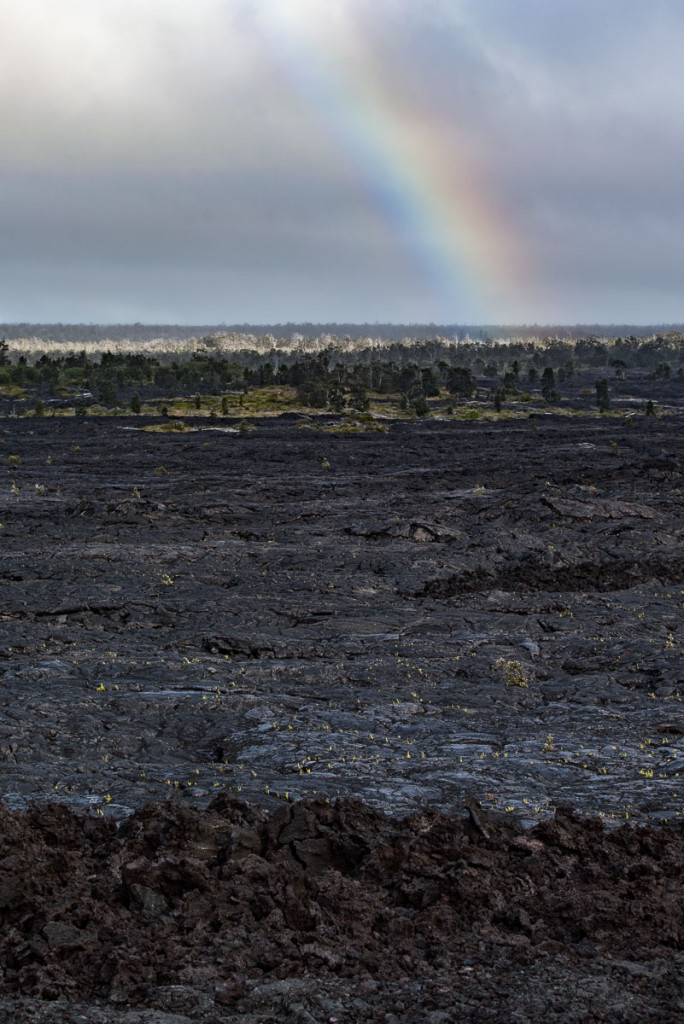

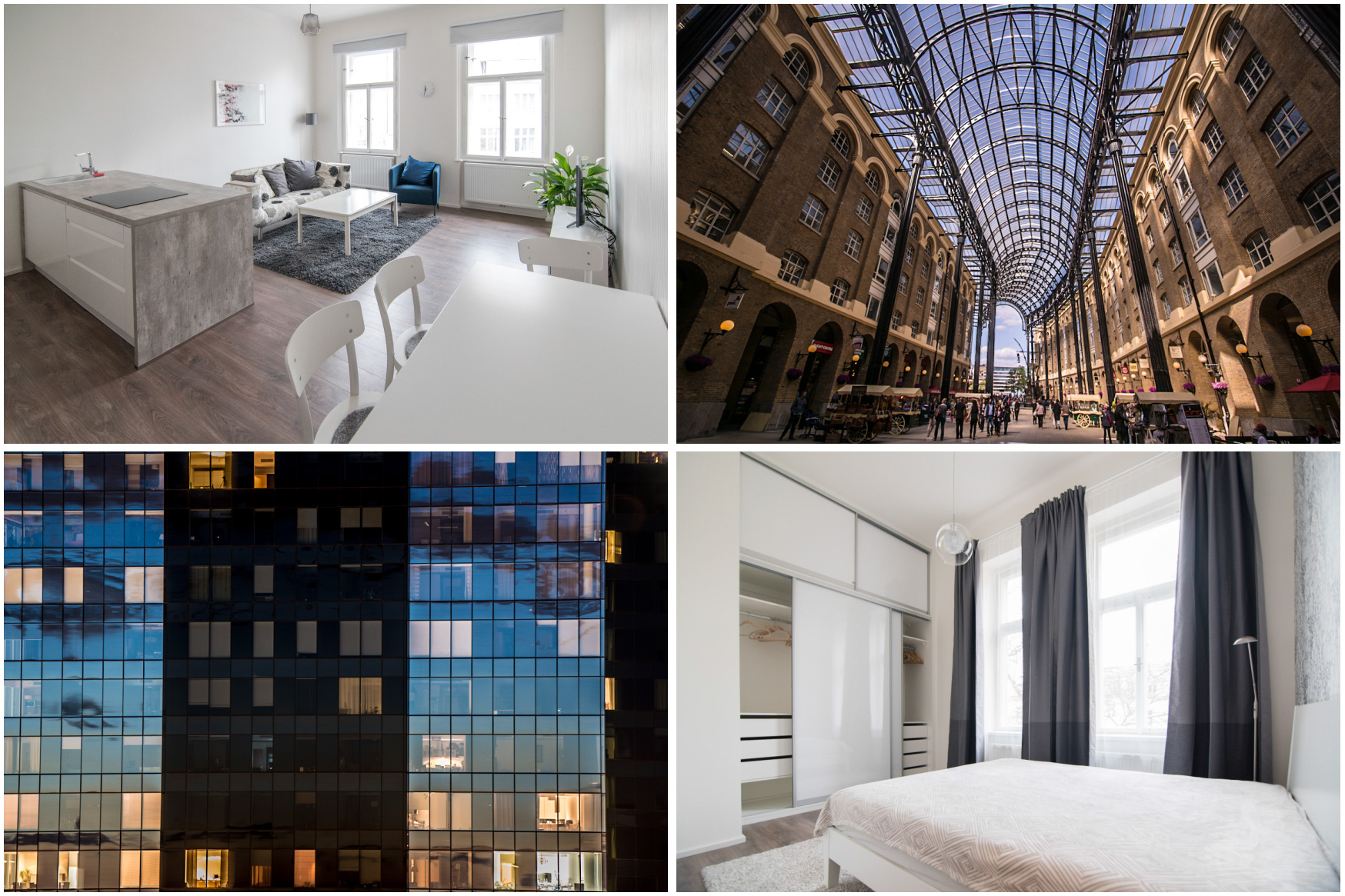


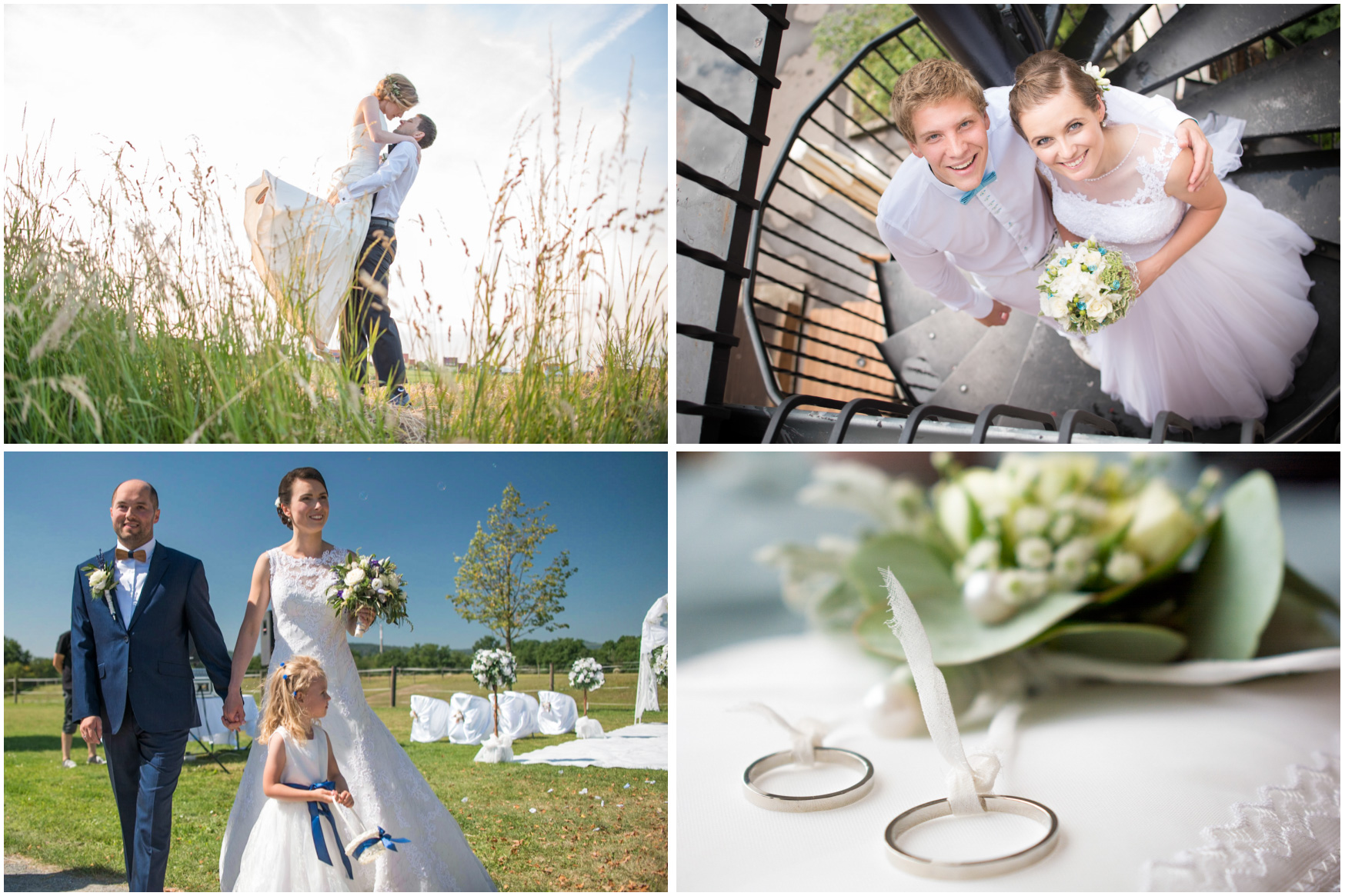
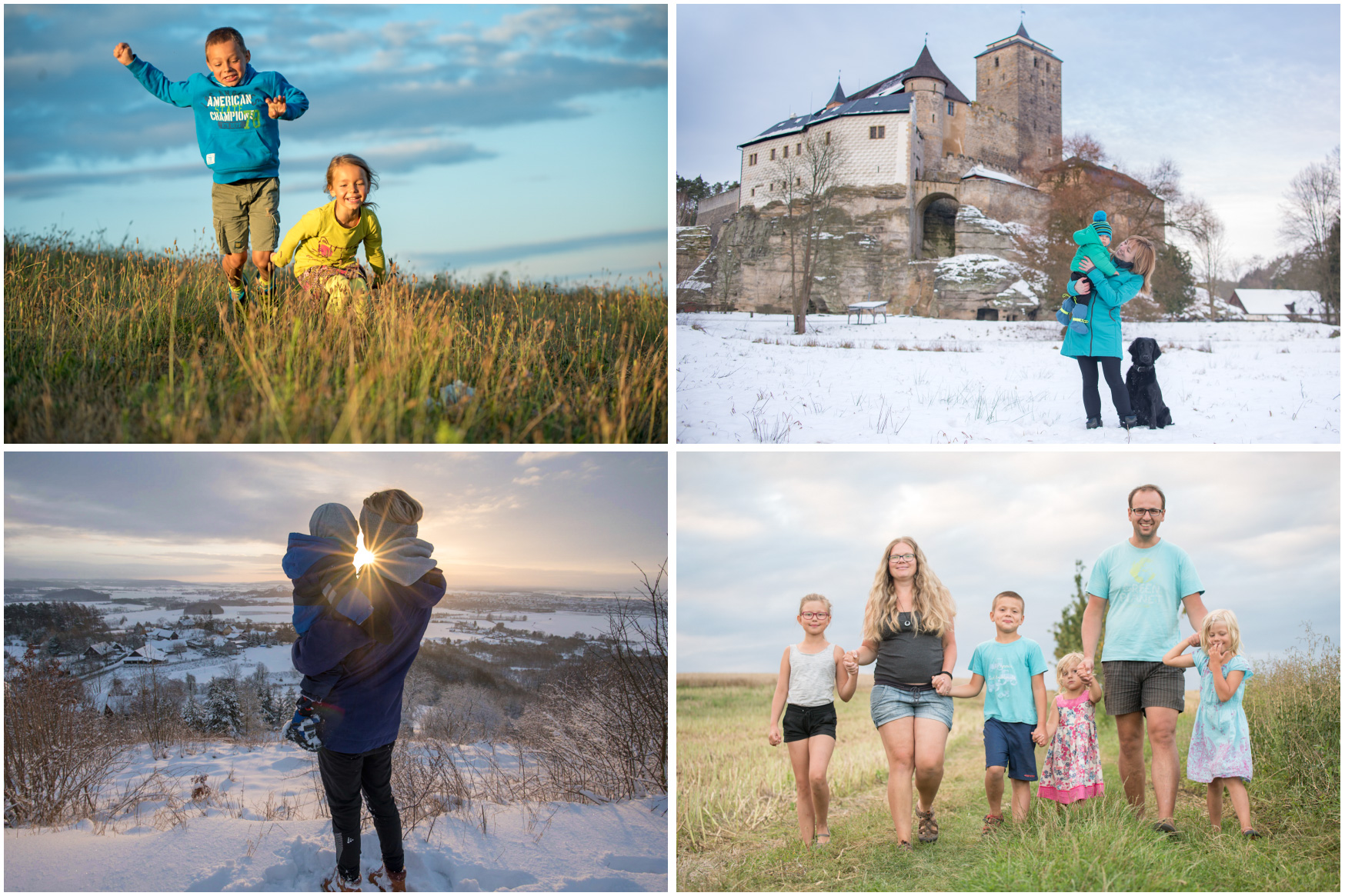
to je jak výlet do peklíčka!!!